Optimal Timing for Storm Restorations
Storm restorations are most effective when performed promptly after severe weather events. The optimal timing depends on weather patterns, seasonal conditions, and local climate. Addressing storm damage early can prevent further deterioration and reduce repair costs.
Spring and early summer often see increased storm activity, making these periods ideal for inspections and repairs. Late fall and winter may pose challenges due to colder temperatures and potential snow or ice.
Monitoring local weather forecasts helps determine the best window for storm restorations. Avoiding periods of heavy rain or snow ensures safer and more efficient repairs.
Immediate assessment and repairs following storms can prevent secondary damage like leaks, mold, or structural weakening. Prompt action is recommended within days of a storm.
In regions prone to frequent storms, regular inspections are advised throughout the year. In Danbury, CT, late summer and early fall are common times for storm activity.
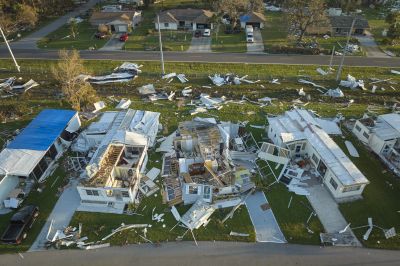
Assessing storm damage promptly helps identify critical repairs needed to prevent further deterioration.

Immediate fixes after storms can mitigate secondary issues and protect property value.
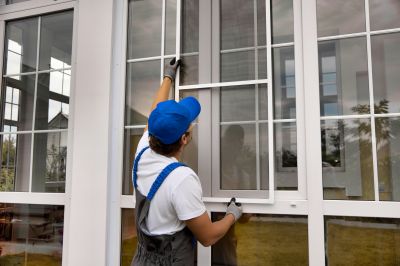
Preparing for storm season ensures readiness and timely response to damages.
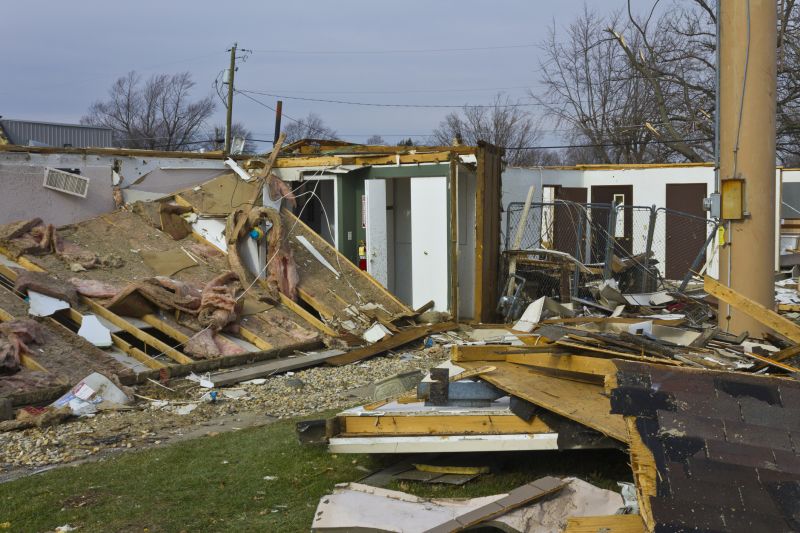
Restoration projects restore safety and integrity to affected structures.
| Factor | Impact on Timing |
|---|---|
| Seasonal Weather | Spring and summer offer better conditions for repairs |
| Storm Frequency | Higher activity periods require quicker response |
| Temperature | Warmer temperatures facilitate certain repair methods |
| Forecast Stability | Stable weather windows improve safety and efficiency |
| Property Condition | Damaged structures should be addressed promptly regardless of season |
| Local Climate | Danbury, CT experiences storms mainly in late summer and fall |
Storm restorations involve assessing damage, performing repairs, and restoring structural integrity. Timely interventions can prevent secondary issues such as water intrusion, mold growth, and further structural weakening. Proper planning and prompt action are essential to minimize costs and disruption.
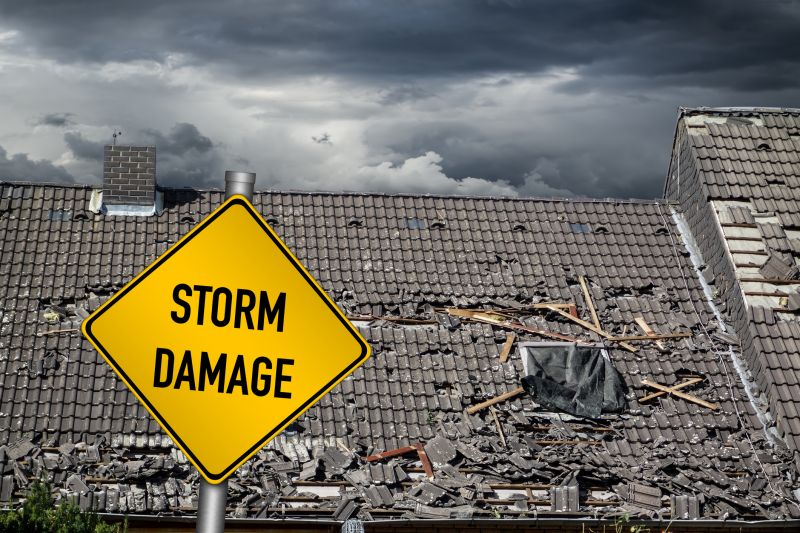
Detailed inspections identify all affected areas needing repair.

Restoration work restores safety and structural integrity.
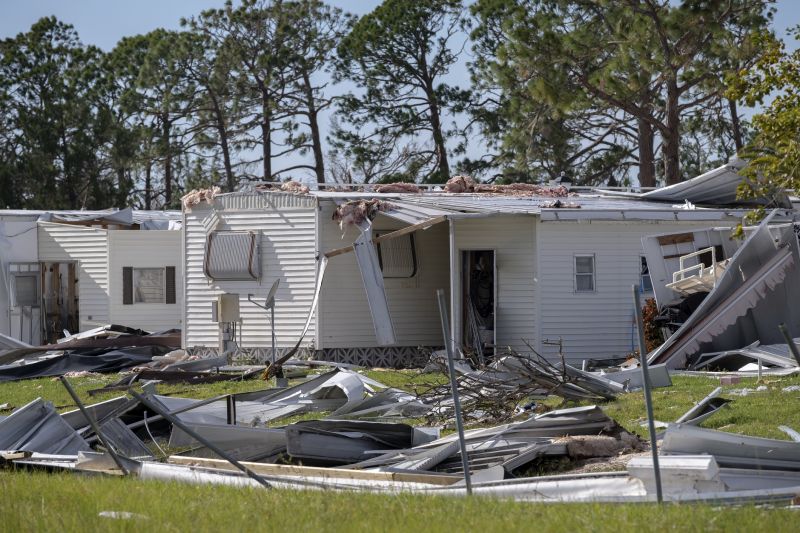
Repaired structures ready to withstand future storms.

Preventative measures reduce future storm impact.
Individuals interested in storm restorations are encouraged to contact for assessments and planning. Early engagement ensures readiness for upcoming storm seasons and helps maintain property resilience.
